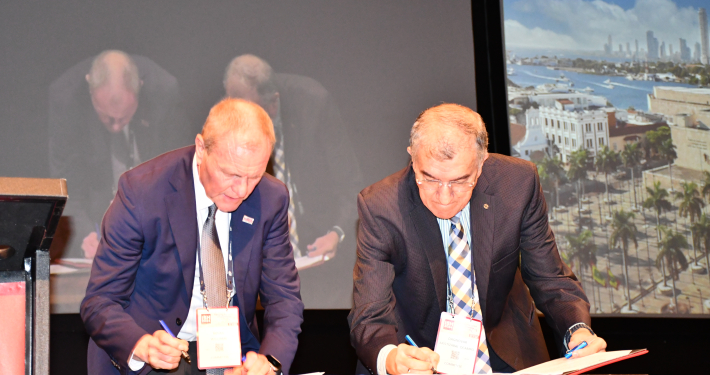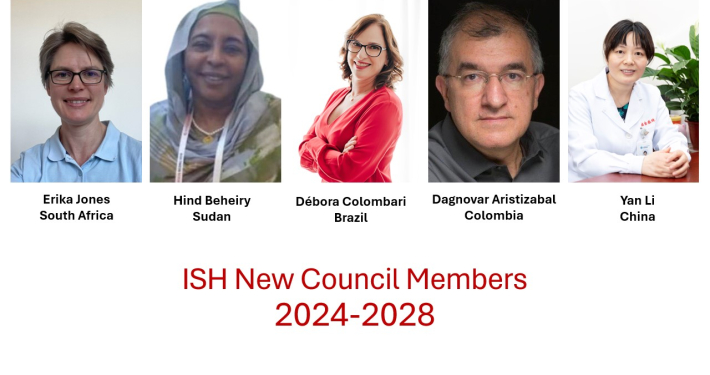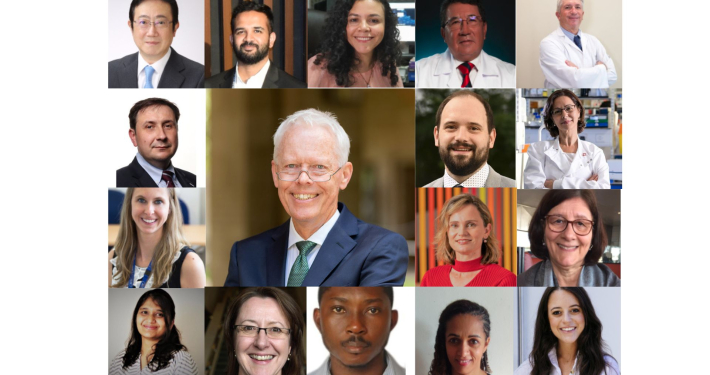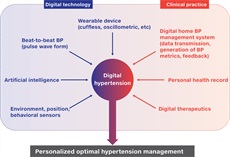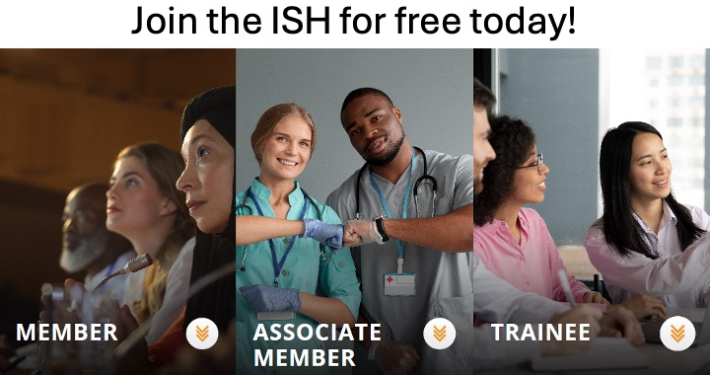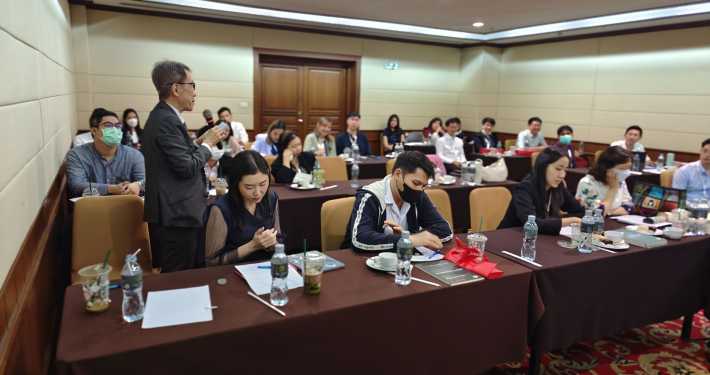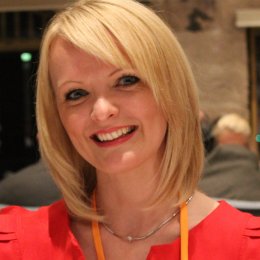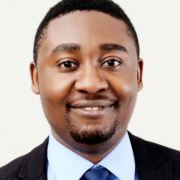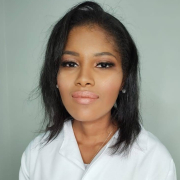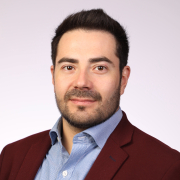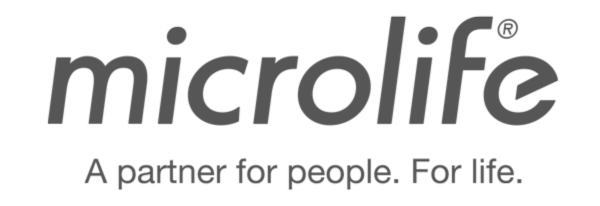How did you become interested in research relating to Hypertension?
Being one of the leading contributors to mortality and disability from cardiovascular disease worldwide with still not easily identified causal mechanisms, hypertension has always intrigued me. However, my research related to Hypertension started in 2010 when I met A/Prof James Sharman (head of the Blood Pressure Research Group at the Menzies Research Institute Tasmania) and learned more about his research program. Aligning well with my research interests, I pursued a PhD in cardiovascular research.
Describe your research & the program/lab (info of your supervisor) that you are in?
Our research group focusses on human blood pressure physiology, exercise haemodynamics and the clinical applications of central blood pressure. My specific research interests include the application of metabolomics (or metabolic profiling of very low-molecular weight metabolites) in combination with the latest haemodynamic measurements including central blood pressure, out-of-office blood pressure measurements and large artery stiffness to characterize hypertension and in particular, gain further understanding of underlying pathophysiological mechanisms of a hypertensive response to exercise.
What do you consider to be your substantial scientific contribution so far (provide Pubmed PMID if possible)?
I would consider my recently published manuscript to be my most substantial scientific contribution so far. To our knowledge, this was the first study that used the combination of metabolomics and haemodynamics to examine the underlying physiological actions of spironolactone in individuals with a hypertensive response to exercise. We found that spironolactone metabolite, canrenoate, is an active metabolite with blood pressure-dependent effects on the attenuation of aortic stiffness in these individuals.
Nikolic SB et al. Spironolactone reduces aortic stiffness via blood pressure-dependent effects of canrenoate. Metabolomics. Published online 13 June 2013
http://link.springer.com/article/10.1007/s11306-013-0557-2
What is your favourite manuscript from a lab other than your own (provide Pubmed PMID if possible)?
One of my favourite manuscripts is a nice piece of work of Meyer et al. In this study, the authors used metabolomics analysis and a new algorithm for data processing which enabled them to detect low-intensity metabolites potentially associated with hypertension. PubMed PMID: 18419139
De Meyer T et al. Nmr-based characterization of metabolic alterations in hypertension using an adaptive, intelligent binning algorithm. Anal Chem. 2008;80:3783-3790
What facilities are essential for your research?
My research involves recruiting and examining study participants, and therefore, a clinic research area equipped with the blood pressure monitors (for office and out-of-office blood pressure monitoring), applanation tonometry (for measurement of central blood pressure and arterial stiffness), impedance cardiography and exercise equipment are essential. Also, a laboratory that utilizes nuclear magnetic resonance spectroscopy and mass spectrometry for metabolomics analysis is also required.
Where do your research strengths lie? Why? What are your research weaknesses? How will you improve?
I am very determined and passionate about science and I always thrive on new challenges that research brings. However, my tendency to set very high performance standards, perfectionism and attention to details has many positive aspects, but it also uses a lot of my energy. I would love to improve in that aspect by setting appropriate limits without compromising my performance and achievements.
Describe your unforgettable (proudest) moment in science, and the most challenging situation that you have had to overcome (lessons learnt) so far?
My proudest moment was when I gave an oral presentation as a student finalist at the ARTERY 12 (Association for Research into Arterial Structure and Physiology) Conference held in Vienna 2012, Austria. It was extremely satisfying to see that my hard work was well-accepted and was of a great interest to the world-leading researchers in this area. On the other hand, learning the metabolomics analysis was the most challenging process so far, but with a lot of effort and many hours spent on reading, I managed to overcome this challenge.
At which conference did you first present? How was your experience?
My first oral presentation was at the High Blood Pressure Research Council of Australia (HBPRC) annual scientific meeting held in December 2011, Perth, Australia. I was very pleased to be selected as a student finalist for oral presentation and my work initiated a lot of positive question and discussion. It was also a great opportunity to meet and discuss my research with the leading experts in cardiovascular research in Australia, including Professor Michael Stowasser and Professor Markus Schlaich. It was a great experience.
What upcoming conferences will you be attending, and what is the furthest distance that you have traveled for a conference?
I look forward to attending the ARTERY 13 in London, 17-19 October 2013. The furthest I have travelled for a conference was from Australia to Paris, France (2011) to attend the ARTERY 11 conference.
How did you learn about ISH/NIN and its activities?
I learned about ISH/NIN through the ISH news emails in 2011, and became a member soon after. I think that was an excellent initiative of ISH to create a platform for emerging investigators like me where we can learn more about other researchers and possibly establish new collaborations. I attended the 2nd New Investigators Symposium in Sydney where I presented my work and was fortune to meet with other NIN members. I look forward to meeting them again at future conferences.
What area(s) do you wish to specialize in the future?
I would like to further specialize in the application of metabolomics is a clinical research, as this is a novel promising field that will potentially help us uncover the underlying pathophysiological mechanisms in different disease states, including hypertension.
Who is your role model in Science? Why?
I admire everyone who succeeds in a challenging scientific arena and manages to maintain healthy work-life balance.
What are your scientific goals? Advise for talented emerging scientists?
My scientific goal is to become a well-respected asset in cardiovascular research. The advice that I would like to give to all emerging scientist will include the text from the book that I recently read: ‘Any large-scale accomplishment is achieved only when tackled little by little. Be patient and tackle only one thing at a time. Then watch the big picture unfold.’ By Penelope Sac

